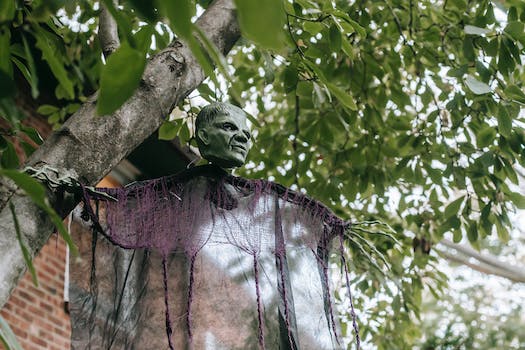What is Fake Guilt?

Fake guilt is a surprisingly common but rarely diagnosed condition where people feel guilty, even though they haven’t done anything wrong. It’s usually caused by a fear of sadness and helplessness, and understanding the underlying causes can help to overcome it.
What is Fake Guilt?
Fake guilt happens when we preemptively feel guilty about doing something we know is not wrong.
It’s similar to “fake news,” where people believe untrue stories and make ill-advised decisions as a result.
The Fear Behind Fake Guilt
Ashley’s entire life seemed to be dominated by guilt, from taking too long in line at the grocery store to trying to say no to a friend’s request.
The root cause of her fake guilt was her fear of sadness and helplessness – she was terrified of the pain her boyfriend would experience if she broke up with him, and the feeling of being powerless to help him.
Recognizing the Source of Your Guilt
Fake guilt can be triggered by external pressures such as societal expectations, or internal pressures like feeling like you should have done or achieved more.
It’s important to be able to recognize the source of your guilt, as it can help you develop a healthier attitude toward yourself and others.
What is Fake Guilt?
Fake Guilt occurs when you feel guilty for something that wasn’t wrong or unethical.
This can be the result of a habit of trying to alleviate or avoid sadness, helplessness, and the lack of control they imply.
While this habit may have served us well in the past, it doesn’t necessarily work in our current life and can even be holding us back.
Taking Action from a Place of Understanding
When we understand the difference between these two kinds of guilt, we can better navigate our emotions and decisions.
We can make sure that we’re taking action from a place of understanding and personal growth, not out of fear or pressure from outside sources.
How to Fight Back Against Fake Guilt
To move on from chronic Fake Guilt, we must increase our tolerance for difficult emotions like sadness and helplessness.
Mindfulness, Scheduled Sadness, Functional Analysis and Emotional Validation are all techniques that can help with this.
Additionally, psychotherapy can be a valuable way to explore any issues around Fake Guilt in a supportive and structured way.
Differentiating Between Real and Fake Guilt
Feeling guilty is a natural reaction when we believe we’ve done something wrong – but not always.
Fake guilt is often rooted in fear, while real guilt has its source in our values and beliefs.

